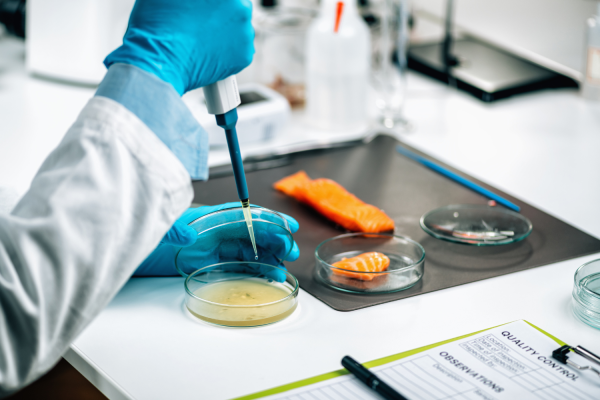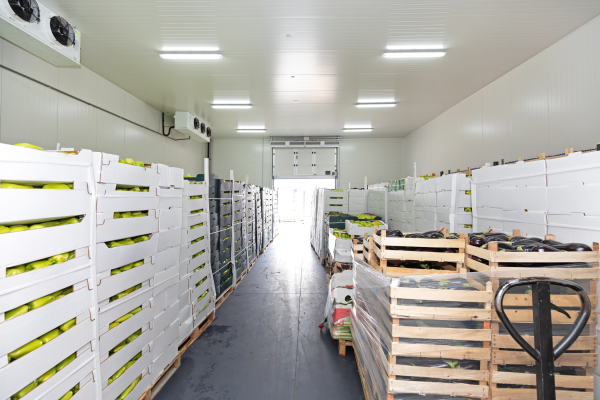
Understand fermentation...
There is a significant connection between the ancient technique of fermentation in food processing and its vital role in shaping and enabling the flourishing of early civilizations. The deliberate practice of fermentation transformed perishable fruits and grains to wine, beer, and bread and played a pivotal role in the establishment of early civilisations which relied on fermented products for sustenance. It can enhance the nutritional value of foods by increasing the bioavailability of certain nutrients and even produce new ones, such as fatty acids, amino acids, sugars, and vitamins. As an effective method of preserving, it played a pivotal role in ensuring food security for ancient civilizations by allowing for the storage of seasonal harvests and providing a buffer against famine long before modern preservation methods were developed.
Whereas early types of bread and alcohol relied on the spontaneous activity of wild yeast strains now identified as but not limited to Saccharomyces cerevisiae, Brettanomyces spp., and Torulaspora delbrueckii, soon another type of fermentation emerged to not only extend the shelf-life of foods but also to create entirely new culinary traditions. Lactic acid fermentation stands out as a key process in transforming and safeguarding a wide range of foods. At its core, this natural technique is based on the metabolic activity of an order of bacteria, known as lactic acid bacteria, which anaerobically utilize carbohydrates to produce lactic acid. Throughout history numerous civilizations have harnessed the power of lactic acid fermentation for foods that we now consider staples in our diet. Nomadic people in Central Asia and Caucasus were among the first that transformed milk into yogurt and kefir whereas the ancient Greeks and Romans refined the cheese and yogurt making techniques via lactic acid fermentation. In ancient China artisans used lactic acid fermentation to produce Suan Cai, a sort of crunchy fermented cabbage long before sauerkraut, another fermented cabbage, appeared in Europe. Even today in India, idli and dosa are popular breakfast staples that are produced through the lactic acid fermentation of cereals and pulses. Finally, Korea’s beloved kimchi, now a symbol of its culinary heritage, wouldn’t be produced without the beneficial action of lactic acid bacteria.
And the impact it has today...
Today, innovation is taking this ancient wisdom to offer bespoke and effective all-natural preservation solutions for the modern food industry. The fundamental principle remains the same: harnessing the power of lactic acid bacteria to create an environment where spoilage and pathogenic organisms cannot grow. The dedicated scientific team of Galactic backed up by decades-long knowledge and state-of-the-art facilities dives deeper into the world of fermentation to offer optimal preservation solutions. The beauty of this modern take on an ancient technique is that it aligns perfectly with the growing consumer demand for natural and minimally processed foods. In a world where consumers are increasingly wary of synthetic preservatives, fermentation offers solutions that are both effective and appealing. By utilizing the power of nature's own microorganisms, food producers can deliver products that are not only safe and have a longer shelf-life but also retain their natural goodness and flavor.
From the beer-centric society of Mesopotamia to the kefir staples of Caucasus and the diverse fermented foods of ancient China and Northeast Asia, this ancient food processing technique played a vital role in shaping human societies. Today, this approach not only meets the demands of modern consumers but also provides a sustainable and effective way to ensure food safety and reduce waste, proving that sometimes the best solutions are rooted in the wisdom of the past, enhanced by the knowledge of the present.

Still have questions?
Can’t find the answer you’re looking for?
Contact us for expert advice and support!








